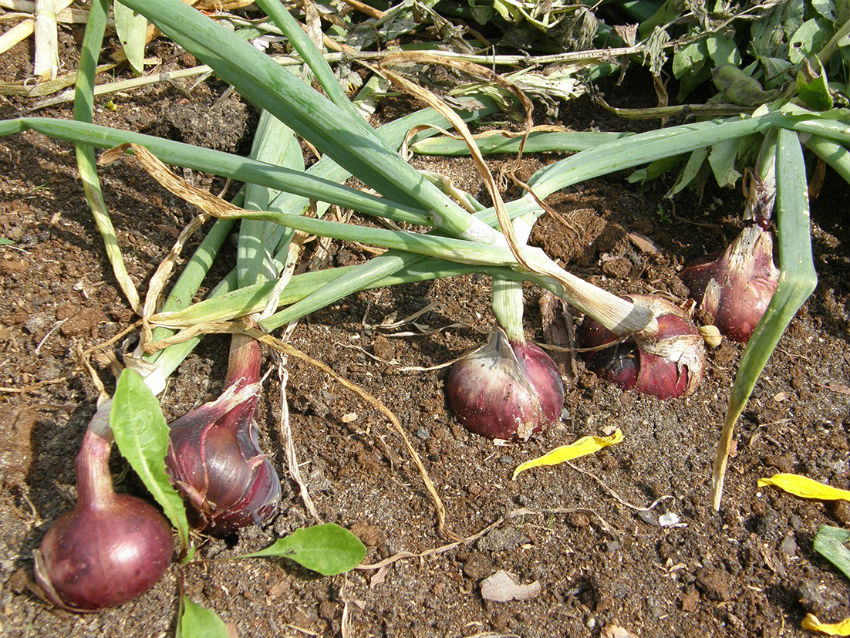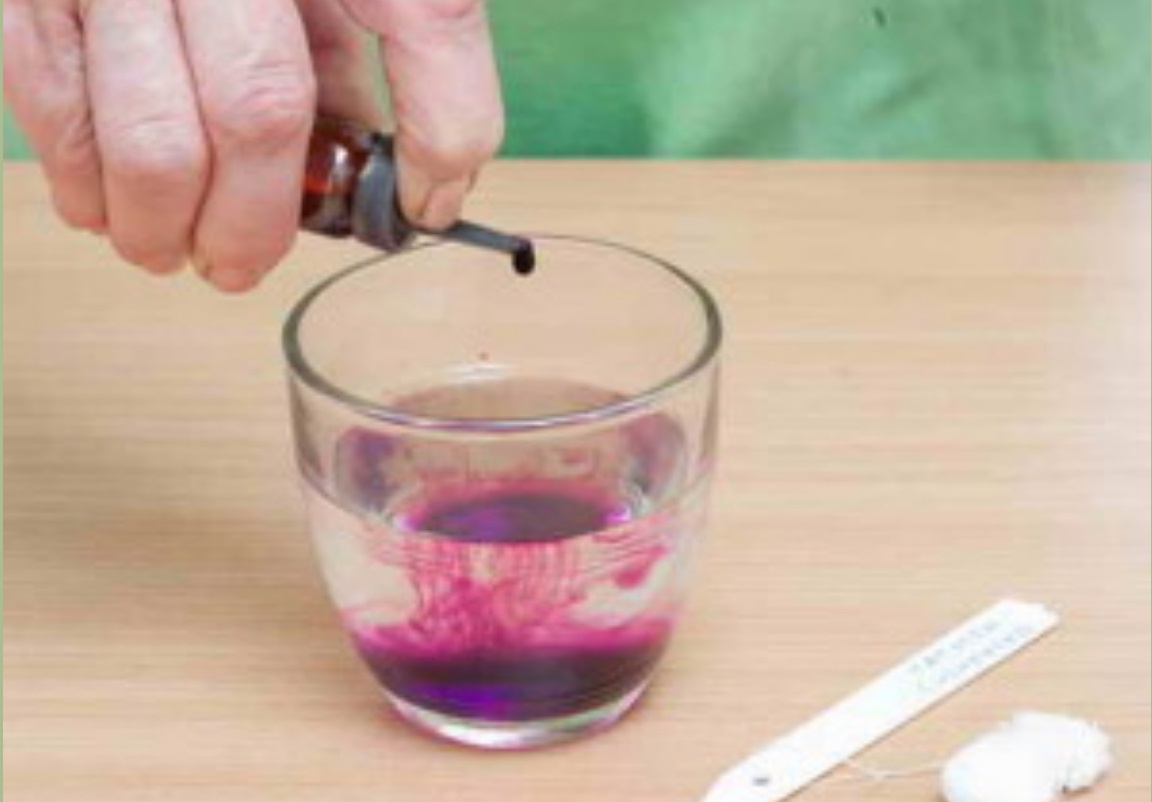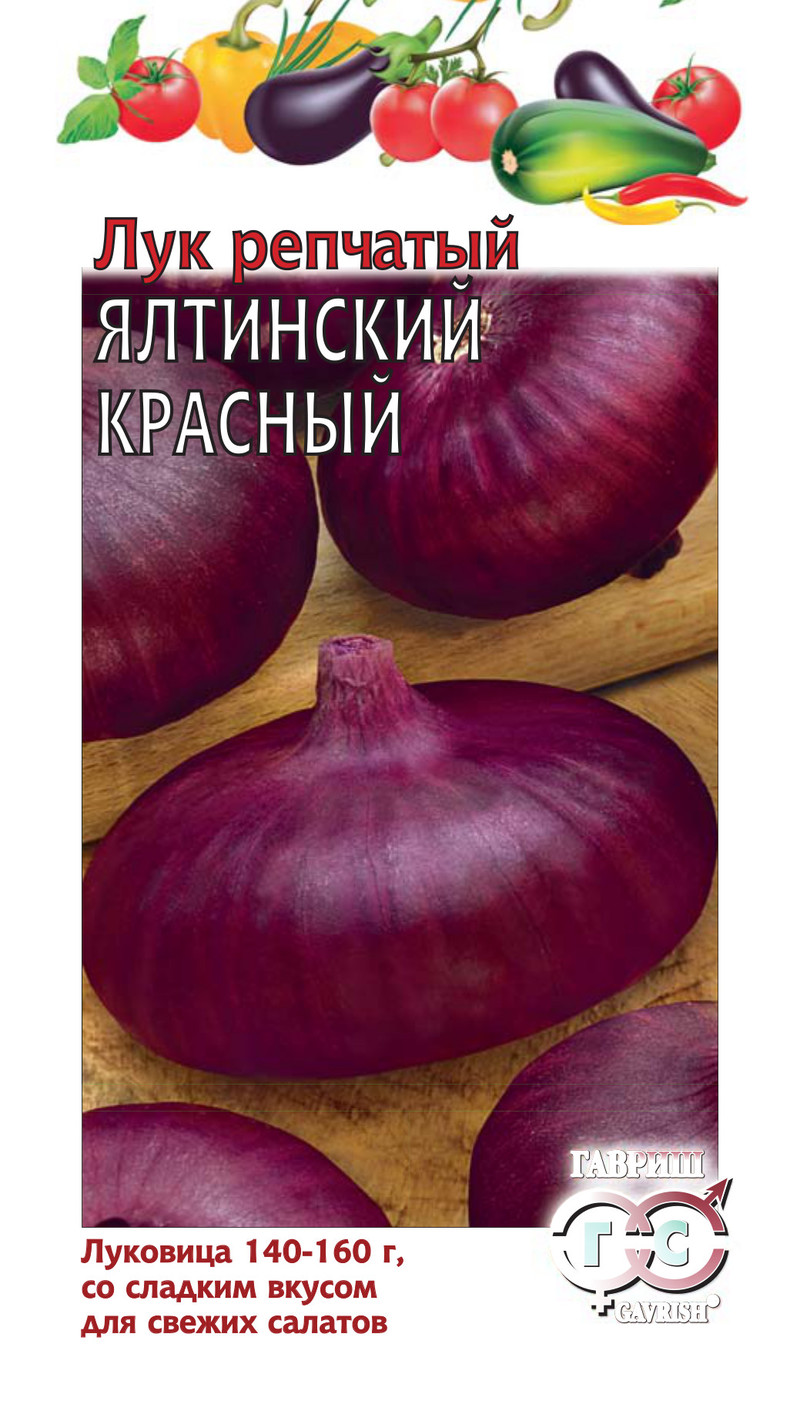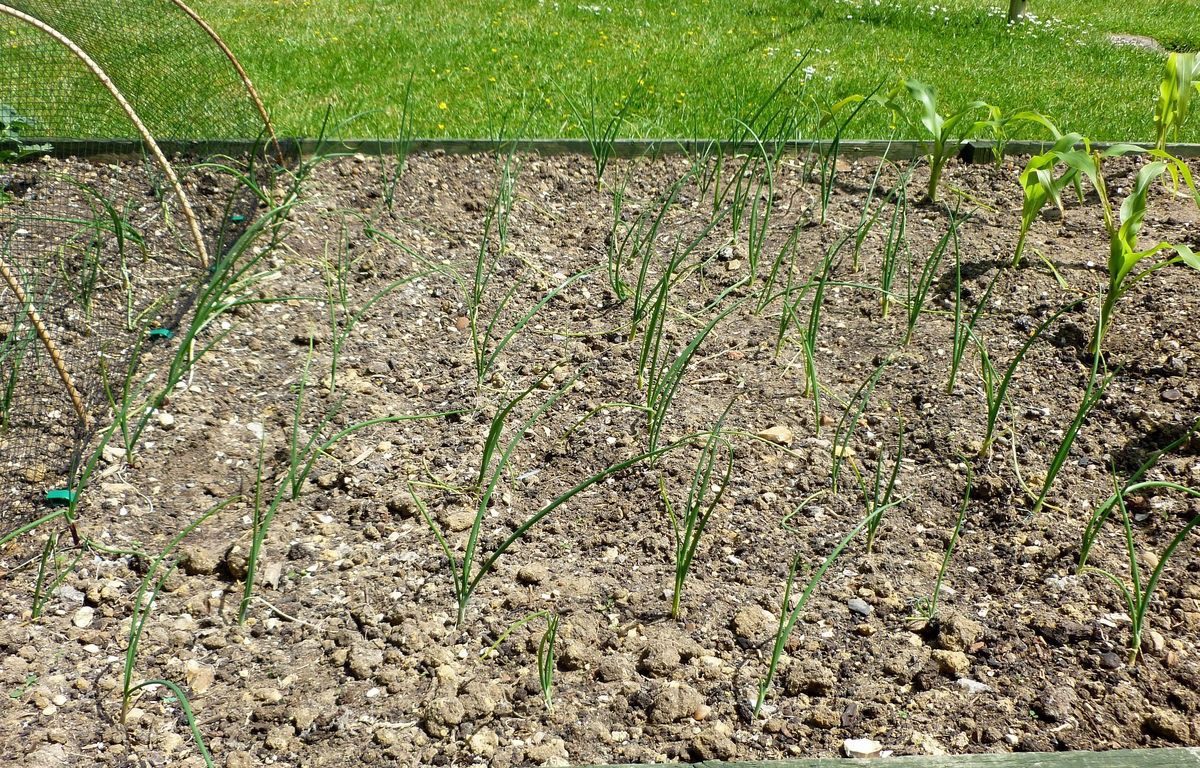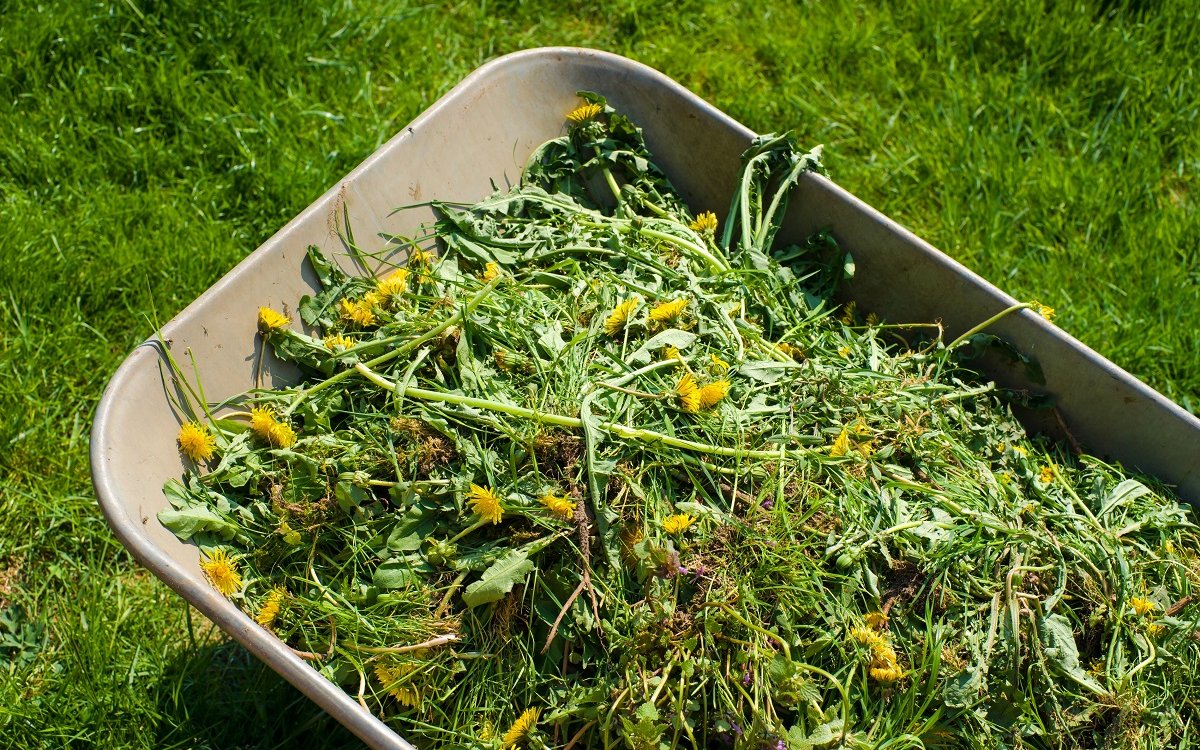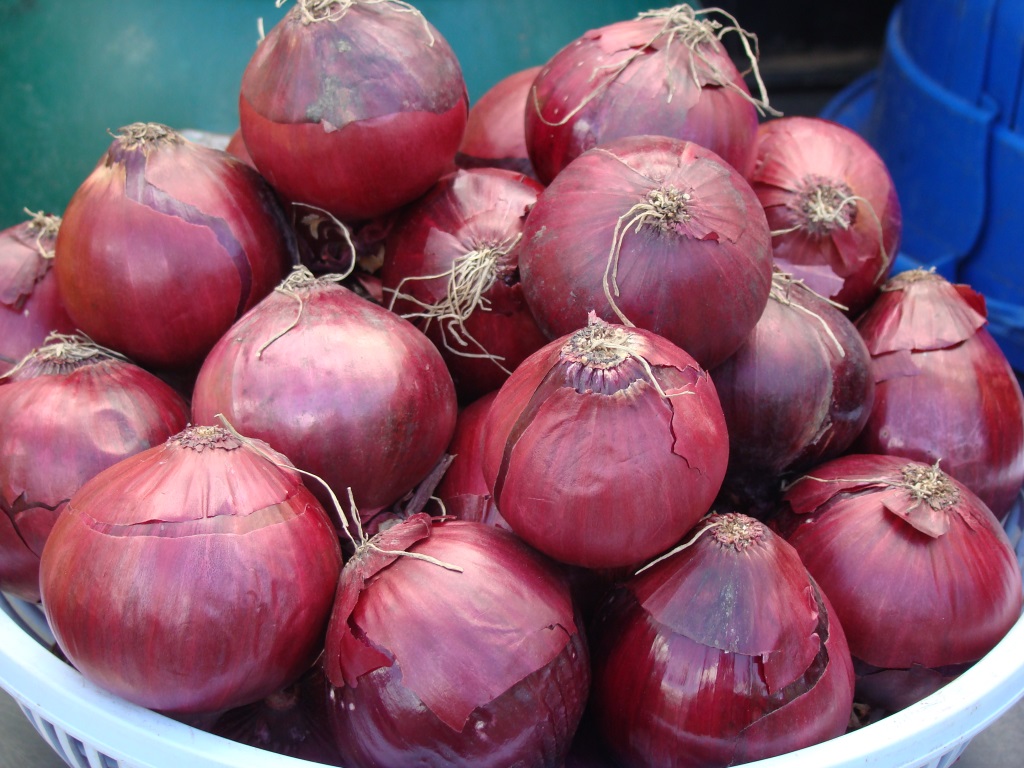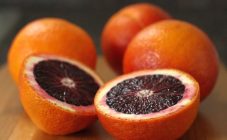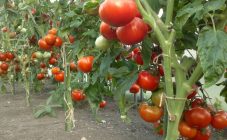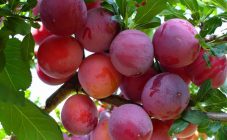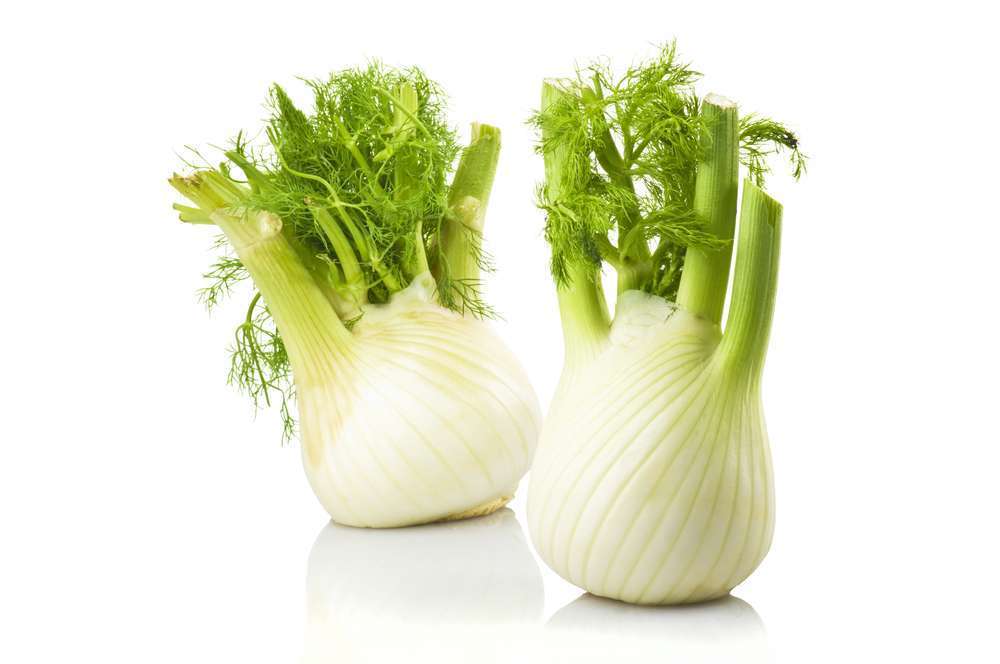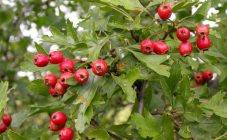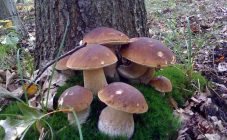Content:
Red onions are gaining more and more popularity among gardeners. Sometimes he even squeezes the usual in the beds. The fact is that such a variety is distinguished by the absence of bitterness, attractive appearance and excellent taste characteristics. In addition, its pinkish pulp contains a huge amount of antioxidants and other components, thanks to which a number of diseases can be treated. Several varieties of red-skinned onions are known, but breeders continue to work tirelessly in this direction and develop new products with improved performance.
Features of the Yalta onion
A huge benefit to the human body is brought by one variety of red onions, which can not be grown in every region. Even if all the conditions of agricultural technology are observed, the unsurpassed taste cannot be preserved. Only Crimea is suitable for its cultivation. We are talking about such an interesting species as the Yalta onion. There is a certain difference that allows you to put it on a separate stage and distinguish it from other varieties.
The scales are juicy and thick. Bitterness is completely absent, thanks to which the variety was dubbed as salad and is eaten fresh. After heat treatment, the bulb loses all its beneficial properties. The growing season for Yalta onions is 150 days.
This variety is extremely popular, due to which sellers strive to deceive buyers and, using cunning techniques, sell them fake onions, passing them off as the famous Yalta. There is even a known case of soaking white ordinary turnips in ink so that they acquire the desired reddish color, and the fake looks like the original.
In view of this, you need to know that the Crimean real bow can be recognized by the following features:
- the heads are flat and deep purple;
- when grown in Crimea, turnips have a sweetish taste without the slightest hint of bitterness;
- in the section, white layers of flesh are distinguished, which have a lilac tint;
- this variety does not irritate the mucous membranes, does not cause lacrimation and does not have a pungent odor;
- Yalta onion scales are tightly knit together, and their number does not exceed 7 pieces.
Ogorodnikov not only in the southern regions were interested in the Yalta onion. How to grow it in the middle lane? First of all, one must bear in mind that sowing seeds in open ground is carried out exclusively in the Crimea. In all other localities, this variety is grown exclusively by seedlings.
Planting the famous Yalta onion seedlings is carried out as follows. The boxes are prepared and disinfected beforehand. After that, nutrient soil is poured into them, consisting of decayed foliage and rotted manure, as well as earth. A little superphosphate is also added there. The seed is disinfected by placing it in a solution of potassium permanganate, after which it is well dried. Grooves are made in the soil at a distance of 5 cm from each other, 1 cm deep. The distance between the seeds should also be 1 cm. Watering is done using a spray bottle.Until the emergence of shoots, the boxes are kept in a room with a temperature of + 25 ° C, and then lower it to a level of + 15 ° C during the day and + 10 ° C at night. Twice the seedlings are fed with complex fertilizers, and before planting them in open ground, they are hardened.
Growing red onions
But there are still certain features in agricultural technology. Before planting a plant in the beds, preparatory work must be done. The rules of crop rotation should not be neglected.
The best predecessors will be:
- legumes;
- cabbage;
- tomatoes;
- spinach.
For growing onions, a well-ventilated and illuminated area is taken away. In the fall, the garden is dug up and organic matter is introduced, and in the spring it is required to re-cultivate the soil. They start planting seeds only when the soil warms up enough.
Before planting in the garden, the seedlings are processed in potassium permanganate and the tops are cut off. This will help stimulate growth processes. Small grooves are made in the prepared area, the distance between which is left equal to 25 cm. The gap between the bulbs should be at least 4 cm. Otherwise, the plants will lack nutrients, and the process of caring for them will be much more difficult.
Red onions of various varieties are grown everywhere, even in the Moscow region. Basically, the village of Zaprudny specializes in growing this vegetable in this region. But not all varieties are suitable for such a specific climate. It is best to opt for early or mid-season varieties. Separately, it is worth paying attention to this kind of Yalta onion. It has a lot of features, both in characteristics and in agricultural technology, thanks to which gardeners have already learned to distinguish it, but outwardly it looks like an ordinary red onion.
Reproduction of red onions
There are several ways to grow a red onion, but how to multiply it in order to get your seed for the next season? This plant reproduces well with the so-called nigella. It can be harvested from ripe shooters that drive out adult bulbs. Their germination capacity lasts for two years.
To prevent the development of diseases, the collected seeds should be etched in a solution of potassium permanganate before sowing into the ground. There is no other way to propagate red onions. Some authors argue that there is still propagation by the seedling method, but seeds are also used to obtain seedlings. The red onion does not grow from the root.
Sowing with seeds
Seeds are best sown in a greenhouse or in boxes. The containers where the seedlings will be grown are pre-disinfected, a nutritious soil mixture is poured there, consisting of the same proportions of humus and rotted foliage. You can add a little azophoska. It is recommended to disinfect the seeds in a pink solution of potassium permanganate, and then dry thoroughly. Make grooves of small depth (about 1 cm) in the ground. Leave the distance between them at 5 cm. Spread the seed at a distance of about 1 cm from each other and tread a little with earth. Water the planting with a spray bottle.
As soon as shoots appear, containers should be transferred to a cooler, but well-lit room, where the daytime temperature is maintained at + 15 ° C. It is not necessary to feed the seedlings, but if you wish, you can apply a complex fertilizer once.1-1.5 weeks before the intended planting on the beds, the seedlings begin to harden.
Planting seedlings in open ground
Seedlings of red onions are planted in a permanent place of growth as soon as 3 feathers appear on it, and the stem thickness reaches 5 mm. As a rule, disembarkation time falls in the middle - end of April. A site located in a sunny place is allocated for planting. It is prepared in advance, humus is introduced and harrowed in order to create the necessary moisture reserve in the soil.
Between the rows, 25-30 cm are left. In the holes prepared in this way, the seedlings are transplanted along with a lump of soil. It is deepened a little, sprinkled with earth, compacted and watered.
Red onion care
Although onions are considered an unpretentious crop that does not require much attention, in order to obtain a stable and high yield, it is necessary to follow the rules of agricultural technology and take care of the plants. To keep the heads juicy and not too sharp, you need to ensure regular watering, 2 times a week. However, irrigation is stopped 20 days before the expected harvest. This will preserve the bulbs for as long as possible and avoid rotting. In order to avoid the development of fungal diseases in the beds, it is recommended to do drip irrigation or moisten with grooves.
Weeds create conditions on the site for the development of pathogenic flora, shade the onion plantings and prevent it from developing normally. To prevent the development of diseases and increase yields, it is necessary to constantly destroy weeds, loosen the soil, and provide air access to the roots.
In order for the bulbs to receive the required amount of nutrients, and the soil is not depleted, plantings need to be fed. For this, organic and mineral fertilizers are used. Top dressing is carried out 3 times a month. In this case, young plants are fed with organic matter, namely a solution of chicken manure in a ratio of 1:10. You can replace it with fresh mullein, diluted with water in a 1: 5 ratio. As soon as the bulbs begin to grow and begin to gain weight, it is necessary to use liquid phosphorus-potassium fertilizers.
Newly bred red onion varieties help distinguish them from others with increased resistance to diseases and low susceptibility to pests. However, unfavorable weather conditions and exceeding the norm of precipitation can provoke the appearance of gray rot and peronospora. In order not to lose the crop, the site should be treated with special fungicides, strictly following the instructions. Work must be carried out in dry and calm weather. Red onions can be a treat for an onion fly. They fight it by carrying out treatment with an insecticide or folk remedies (for example, tincture of garlic peels).
Collection and storage of red onions
As a rule, red onions ripen a little later than the usual white ones. The harvest period is late August - early September. A sign that the bulbs are ripe and ready for harvest is the lodged tops of most of the plants (at least 80%). Do not wait for rainy and wet weather to come, as the heads can rot right in the ground. For harvesting, they choose a sunny, fine day.
The onions are dug up and laid out on paths along the beds for further drying for a couple of days. If the weather does not allow this, then the harvested turnips are moved under a ventilated canopy and spread there in a thin layer. Long shoots are not trimmed, but used for braiding. In them, onions can be stored from 4 to 6 months, and some varieties even longer. The temperature regime in the storage room must be maintained at + 10-15 ° С.
Red onions are widely used in cooking, in particular, they are used in dietary nutrition.The calorie content of a vegetable per 100 grams is 42 kcal, which is slightly lower than that of white varieties. Its healing properties are also known. In particular, red onions and sugar heal the liver.
Growing red onions is not at all difficult, and even a novice gardener can cope with the task. The only exception is the capricious Yalta onion. The characteristics that its description speaks of can be achieved only if grown in the Crimea. Other varieties show excellent results both when cultivated on black soil and on poorer soils, subject to the rules of agricultural technology.

